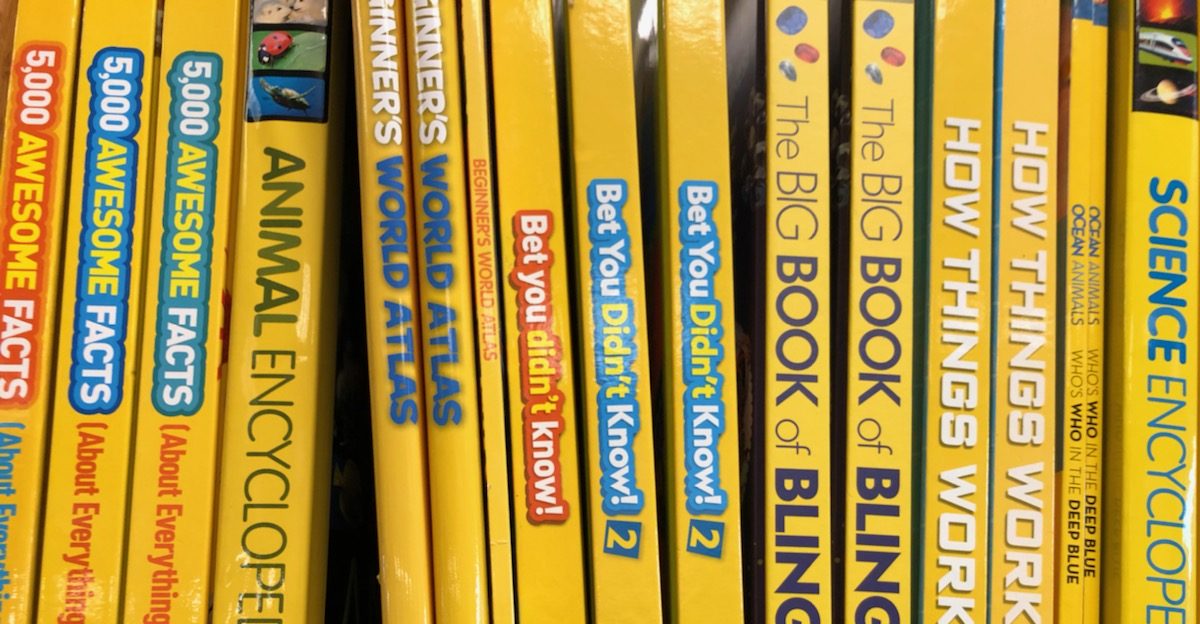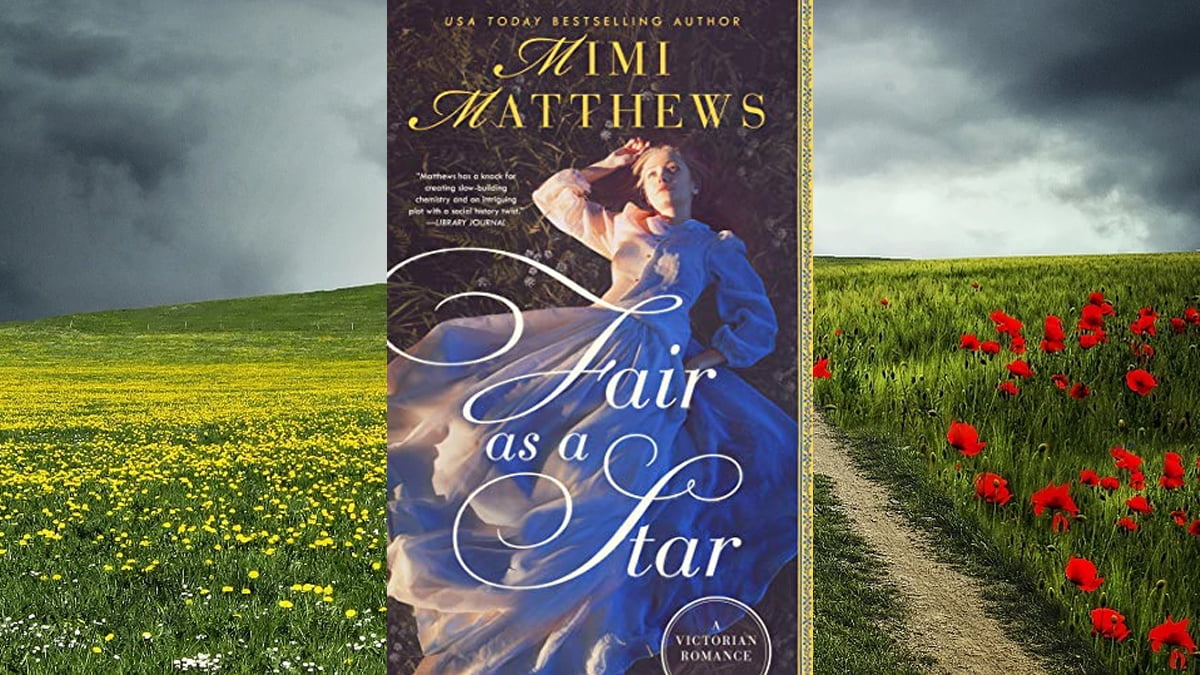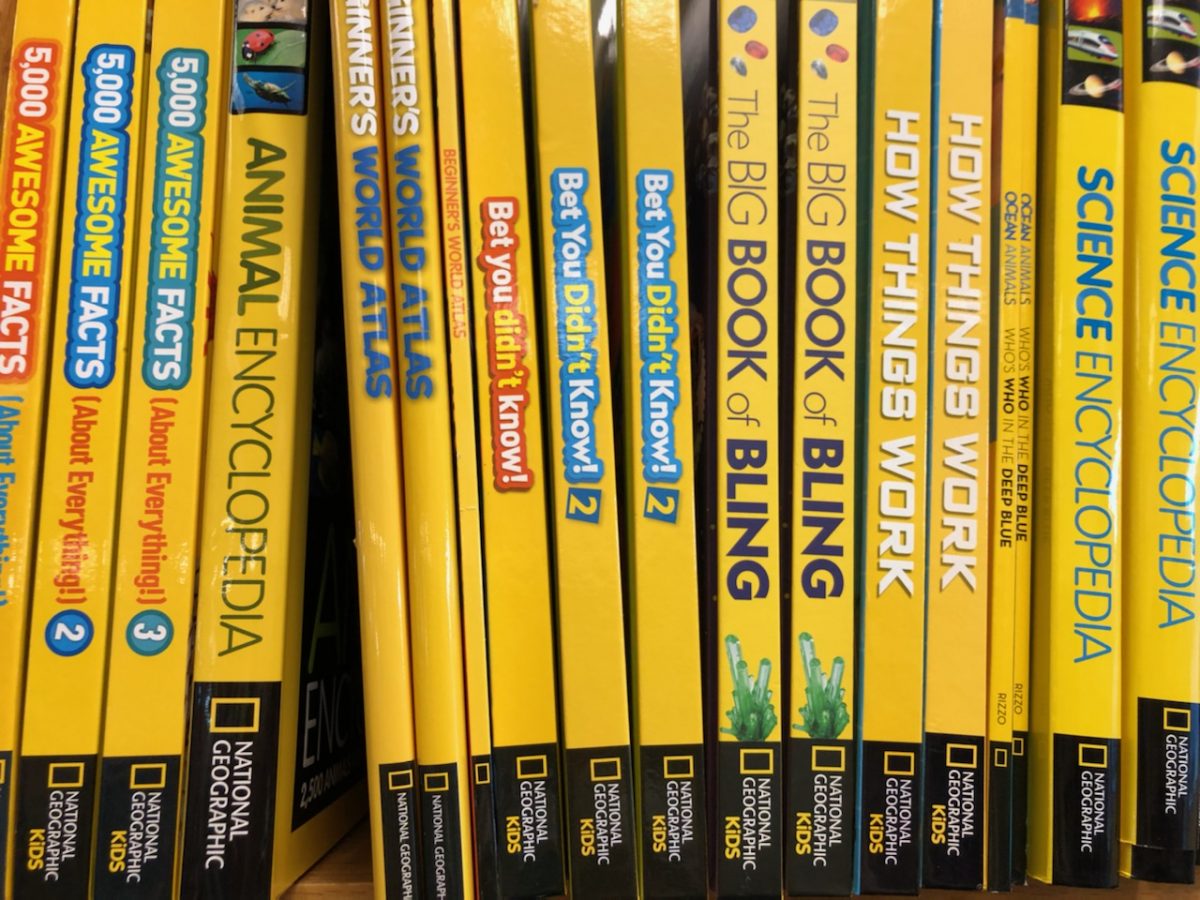
My seven year old fills his bookshelves with non-fiction titles. A book about Minnesota, yes please. Interesting facts about the indigenous plant life of South America, bring it on. Guinness World Records, more please. But his bread and butter, the real way to his heart, is through the books put out by National Geographic. We always leave the library with one, he always manages to find one at a book sale. This is his heart song.
Their lineup of new titles is always a cornucopia of information, the kind of variety in fact and knowledge that my son thrives on. I am beyond happy that he is developing this affection for high quality non-fiction at such a young age. Hopefully by digesting all of these thoroughly researched and beautifully designed books at a young age, he will learn to distinguish fact from fiction when he finally enters the world of the internet and social media. We need to condition our younglings into recognizing truth, and distinguishing it from the misguided, ill-researched stories. Around in some kind of printed format for 131 years, National Geographic is still fulfilling that goal for families.
His favorite at the moment is Code This! He is on the younger end of the intended audience for this book—at seven for an 8-12 recommendation—but this is set firmly in his wheelhouse. He generally brings home a book on coding from his library day at school, and has recently begun coding in Scratch online with his dad. This book makes programming accessible to the young reader, through puzzles, games, and oddball characters. The reader becomes part of “The Coder Crew” who are on a mission to solve all manner of clues to find hidden treasures. Clues are set up in the form of decoding ciphers, creating loops, debugging code, and working with binary numbers, among other things. In your guide to the basics of computer science you are assisted by Cody the Robot. This is a fun hands-on book for late elementary and early middle grades. You don’t actually need a computer to use this book and appreciate the clues, but I guarantee that your child will be eager to dive in digitally once they are done with the book.
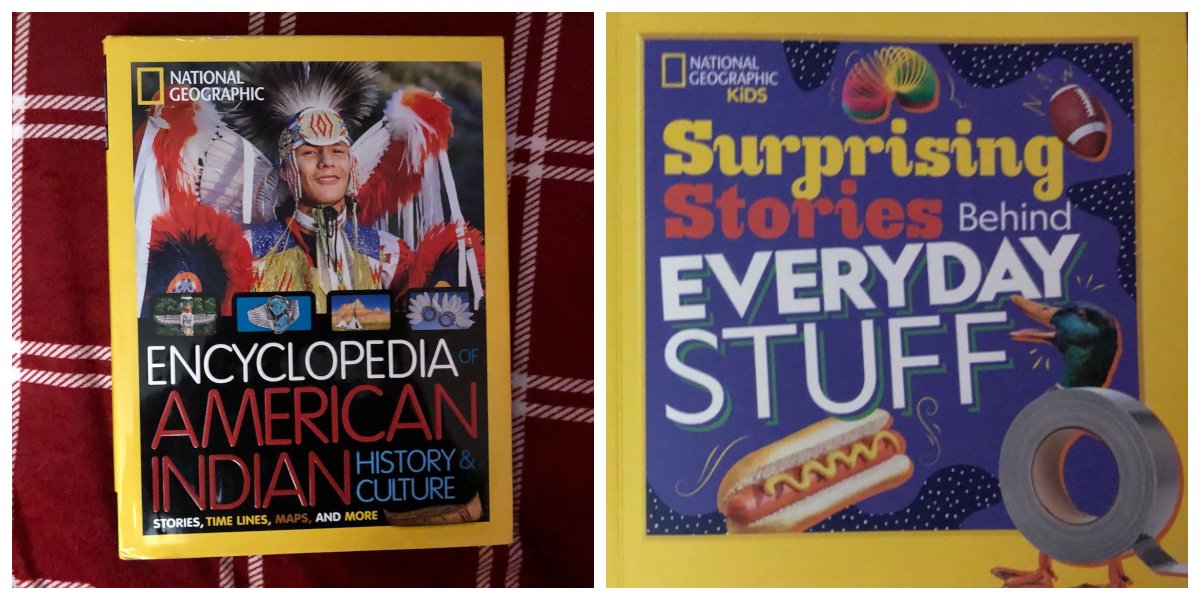 Another fascinating area of non-fiction that captivates our household are the stories behind things that we are familiar with. My kids love to watch How To videos, cooking shows, anything that shows them how something comes together. And so Surprising Stories Behind Everyday Stuff scratches that itch for them. It also speaks their language, asking such questions as “Who invented pizza?” and “Why do we wear underwear?” Beyond the middle school humor, however, it poses and answers some really interesting questions, tackling why some people use forks and others chopsticks, why we have birthday cakes, and other everyday things. This book answers many questions about who thought something up, where did it come from, and why is it that even something that exists. This book has been great to carry around in the car, and my son enjoys reading interesting questions and answers out to us.
Another fascinating area of non-fiction that captivates our household are the stories behind things that we are familiar with. My kids love to watch How To videos, cooking shows, anything that shows them how something comes together. And so Surprising Stories Behind Everyday Stuff scratches that itch for them. It also speaks their language, asking such questions as “Who invented pizza?” and “Why do we wear underwear?” Beyond the middle school humor, however, it poses and answers some really interesting questions, tackling why some people use forks and others chopsticks, why we have birthday cakes, and other everyday things. This book answers many questions about who thought something up, where did it come from, and why is it that even something that exists. This book has been great to carry around in the car, and my son enjoys reading interesting questions and answers out to us.
One of our many collections of like-themed books concerns Thanksgiving. And while we have much fiction about this holiday, the non-fiction we have doesn’t really help us, most of it having been written over 20 years ago, during which time casual racism was far less casual. The Encyclopedia of American Indian History and Culture is a great book to redress some of this imbalance in our collection, and to introduce our family to a wider picture of what it means to live in America. This book stretches from the Arctic and Subarctic people to Mexico. It features more than 160 federally recognized tribes, describing each tribe’s history, traditions, and culture. It also addresses the impact of European expansion across the landscape and looks at how tribes live today. There are maps of ancestral lands, timelines of key dates and events, and fact boxes for each tribe. There are segments on influential American Indians, and tellings of mythology such as “How Coyote Came by his Powers.” The book is arranged by region, and tribal members representing each region were involved in its creation.
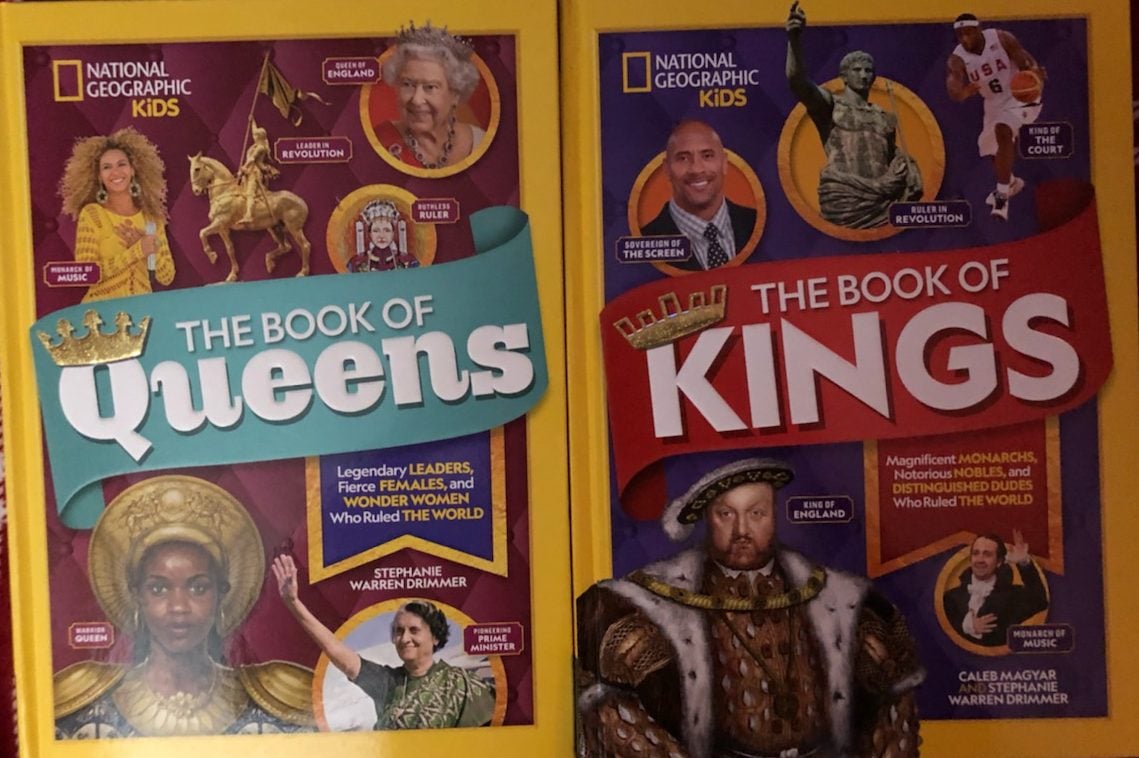 It is an unconcealed secret in our house that mom is an American citizen but also a monarchist. Having left England sixteen years ago, I still have a soft spot for the House of Windsor, and for the history of the Royal families of Europe at large. When my Great-Grandmother died, I inherited much Royal paraphernalia, all delightful. There are two books concerning all types of monarchy that we diving into right now: The Book of Kings: Magnificent Monarchs, Notorious Nobles, and More Distinguished Dudes Who Ruled the World and The Book of Queens: Legendary Leaders, Fierce Females, and More Wonder Women Who Ruled the World. While these books have a healthy introduction to the land and lords of their mother’s native land, the books also take a sweeping view of the titles “King” and “Queen,” diving into a diverse roster of notable luminaries from the arts, sciences, and sometimes piracy! Thus we are treated to fact and tale of kings and queens that wield scepters and sit atop thrones, but also to those of revolutionaries, presidents and prime ministers, CEOs, scientists, sports legends, and artists. What book of leaders in their field would be complete in 2019 without Steve Jobs or Lin-Manual Miranda? How can we not learn about Beyonce? This book contains some inspiring stories from our past and present. From actual royalty, to those enthroned by social media.
It is an unconcealed secret in our house that mom is an American citizen but also a monarchist. Having left England sixteen years ago, I still have a soft spot for the House of Windsor, and for the history of the Royal families of Europe at large. When my Great-Grandmother died, I inherited much Royal paraphernalia, all delightful. There are two books concerning all types of monarchy that we diving into right now: The Book of Kings: Magnificent Monarchs, Notorious Nobles, and More Distinguished Dudes Who Ruled the World and The Book of Queens: Legendary Leaders, Fierce Females, and More Wonder Women Who Ruled the World. While these books have a healthy introduction to the land and lords of their mother’s native land, the books also take a sweeping view of the titles “King” and “Queen,” diving into a diverse roster of notable luminaries from the arts, sciences, and sometimes piracy! Thus we are treated to fact and tale of kings and queens that wield scepters and sit atop thrones, but also to those of revolutionaries, presidents and prime ministers, CEOs, scientists, sports legends, and artists. What book of leaders in their field would be complete in 2019 without Steve Jobs or Lin-Manual Miranda? How can we not learn about Beyonce? This book contains some inspiring stories from our past and present. From actual royalty, to those enthroned by social media.
My ten year old is less of a non-fiction junkie than his brother, but there are certain areas that will draw him in. Coding is one, and disgusting things is another. Don’t Read This Book Before Dinner: Revolting Tales of Foul Food, Icky Animals, Horrible History, and More is a book that I try to avoid looking at, that he giggles wildly when trying to read to me. I’d really rather not think about the composition of poop, or the tiny organisms that live on my skin, though I didn’t mind learning about the different flavors of potato chips so much. Thank you Japan for keeping octopus chips to yourself! As long as the kids are interested in reading and sharing their newly acquired knowledge, I will listen to whatever they have to tell me, but I cannot wait until this phase is over! They are delighted, I am disgusted!
 Time and again both of my sons comes back to a series of National Geographic books called Weird but true! These books are a great size to carry around, and the information is presented in small chunks which makes for easy retention. It also means that when my son is reading things out to me, there are several breaks in which I can interject. These are his favorite books to bring on road trips, to get out of the library, to stack into towers. There is such a wide variety of them that he is never bored. He has Weird but true Animals, and Weird but true Sports, and regularly gets new titles out from the library. I particularly enjoy when he dives into these; it’s just delightful to hear him talk with such enthusiasm about random facts. He’s going to be a great boon to our trivia team when he’s older!
Time and again both of my sons comes back to a series of National Geographic books called Weird but true! These books are a great size to carry around, and the information is presented in small chunks which makes for easy retention. It also means that when my son is reading things out to me, there are several breaks in which I can interject. These are his favorite books to bring on road trips, to get out of the library, to stack into towers. There is such a wide variety of them that he is never bored. He has Weird but true Animals, and Weird but true Sports, and regularly gets new titles out from the library. I particularly enjoy when he dives into these; it’s just delightful to hear him talk with such enthusiasm about random facts. He’s going to be a great boon to our trivia team when he’s older!
Our kids live in a really interesting time. When I had to do research as a kid, and well into graduate school, I went to the library, I went to the archives, I rolled giant shelving units to get to a vast array of periodicals. When my kids need to research something, they will start with Aunt Google, not a card catalog. That’s why I am so enthusiastic every time one of my kids picks up a National Geographic book, and not just because their Grand Pepere is in one of the magazines from the 1940s. Good hard facts in non-fiction books become indispensable in a world built on transient information. When truth and fiction become so intertwined in our daily lives, it’s nice to know that our kids still have access to concrete facts and meticulously researched information.
GeekMom received several of these titles for review purposes to add to our ever growing collection.
